Covers
05.22.12
Digital Buzz Replacing Newsstand Buzz?
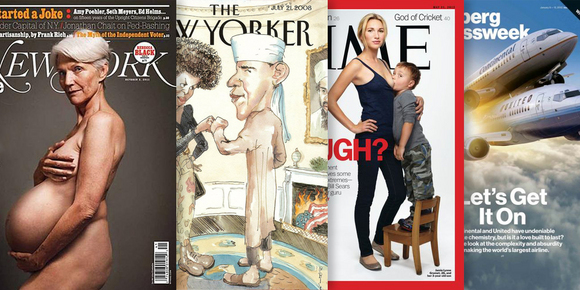 May 21, 2012 may not go down in cover history the same way as the week Time and Newsweek both featured a young Bruce Springsteen on their covers -- but it could be noted both pubs continued a recent trend of buzzworthy covers.
May 21, 2012 may not go down in cover history the same way as the week Time and Newsweek both featured a young Bruce Springsteen on their covers -- but it could be noted both pubs continued a recent trend of buzzworthy covers.In this wired world, the pressure for a cover to "pop" has become more important in the digital space rather than the traditional, physical newsstand. Time, Newsweek and Bloomberg Businessweek have all been seeing success with this formula.
The New York Times reported about the trend over the weekend. Of the Time breast-feeding cover, they said:
"We had a cover that captured lightning in a bottle," said Richard Stengel, managing editor of Time. "It's obviously a story that hit a nerve."A Time spokeswoman said the breast-feeding cover was its best-selling issue this year, and Time doubled the number of subscriptions typically ordered in a week.Taking their cues from digital counterparts, magazines are as interested in hitting nerves on social media as on the newsstand. The Time cover left an even more impressive mark online. On the day after the cover appeared, terms related to the cover were four out of the top five searches on Google. In the eight days after its publication, the cover was mentioned over 50,000 times on Twitter, and the magazine's Twitter followers spiked. Time also received 43,000 likes on Facebook.
-
Esquire, December 1963; AD: George Lois
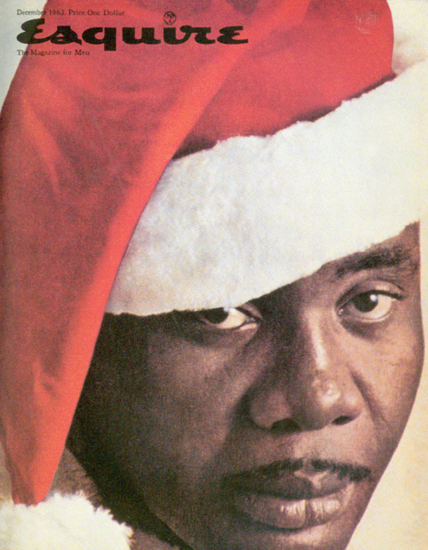
-
TIME, April 8, 1966
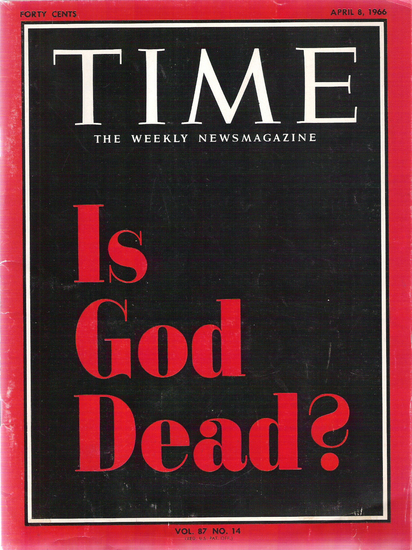
-
Entertainment Weekly, May 2, 2003; DD: Geraldine Hessler
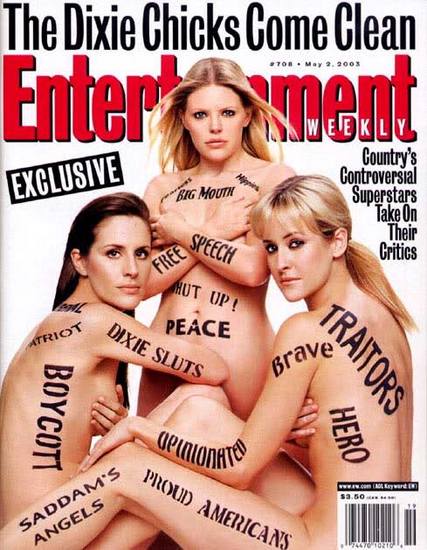
-
Newsweek
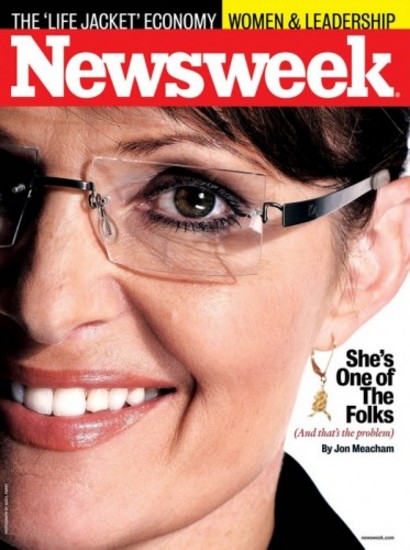
-
The New Yorker, July 21, 2008; Illustration: Barry Blitt
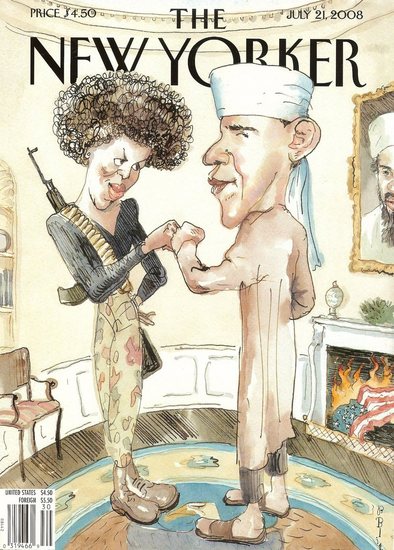
-
Newsweek
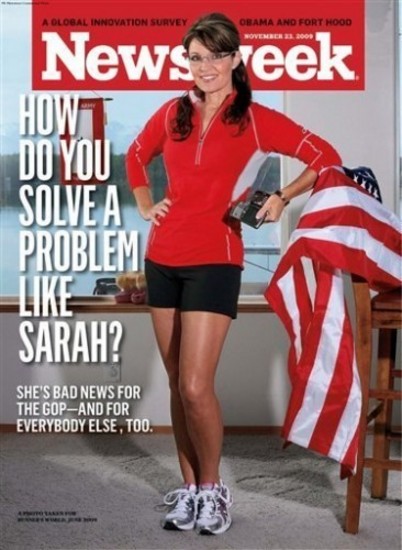
-
Newsweek, July 2011; CD: Dirk Barnett
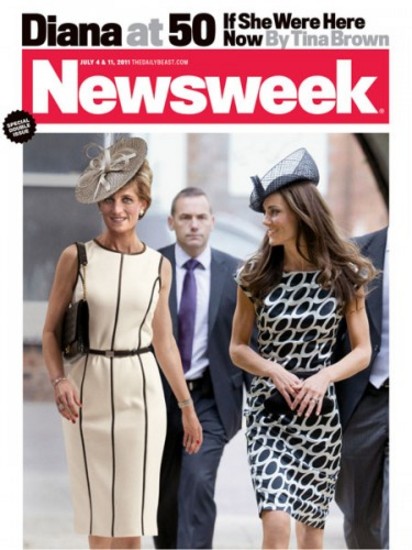
-
Newsweek, August 2011; CD: Dirk Barnett
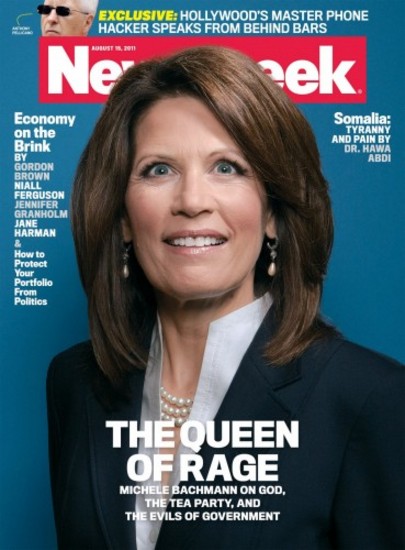
-
New York, October 3, 2011; DD: Chris Dixon
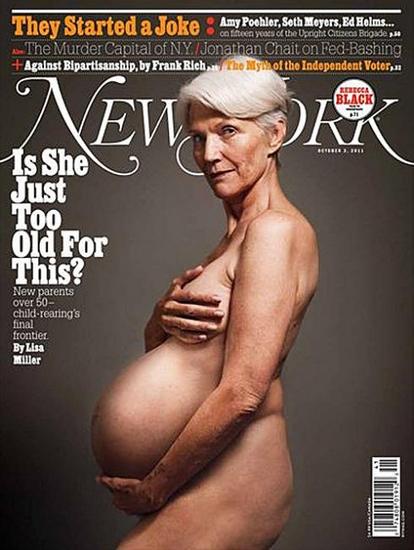
-
Bloomberg Businessweek, February 2012; CD: Richard Turley

-
The New Yorker, March 12, 2012; CD: Wyatt Mitchell
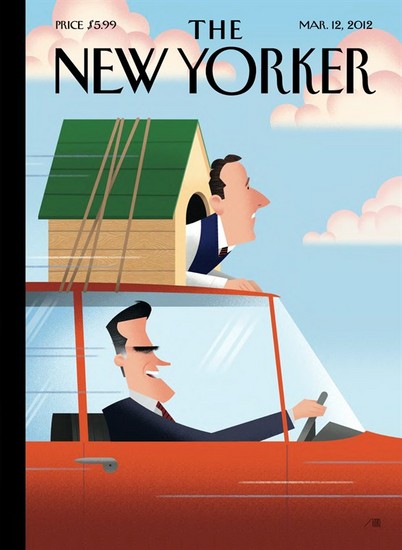
-
Newsweek, May 21, 2012; CD: Dirk Barnett
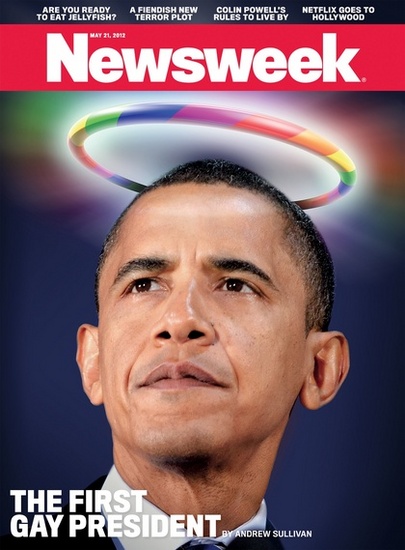
-
TIME, May 21, 2012; CD: D.W. Pine
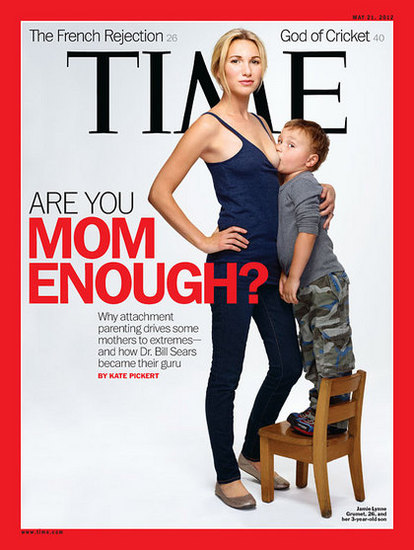
A cover that gets viral buzz means a spoof on anything from SNL to Letterman. All of which helps a magazine cut through the clutter of our time. Poynter notes that Time's breast-feeding cover and others inspire "conversations" newsweeklies want (and need?).
That said, controversial, buzzworthy covers are nothing new. Our resident cover junkie Robert Newman, creative director of Reader's Digest, adds:
This is a golden age of newsweekly covers. You get the sense that the newsweeklies, as a group, haven't been this engaged and vibrant and smart for some time. New York, The New York Times Magazine, and The New Yorker have been doing great covers for years, but the addition of the refreshed Bloomberg Businessweek seems to have helped push Time and Newsweek to raise their game in terms of provocative, newsmaking imagery. Maybe it's the competition, at least on a buzz level, that the revived Newsweek is giving Time, or maybe they've realized that the internet is the new newsstand in terms of creating hype. I'm just really happy that every week I get to see what talented newsweekly art directors D.W. Pine, Dirk Barnett, Francoise Mouly, Thomas Alberty, Richard Turley, Wyatt Mitchell, and Rem Duplessis are going to do next. You get the sense they're each trying to top the other, and that's a great thing!
Whats your take on this trend?
